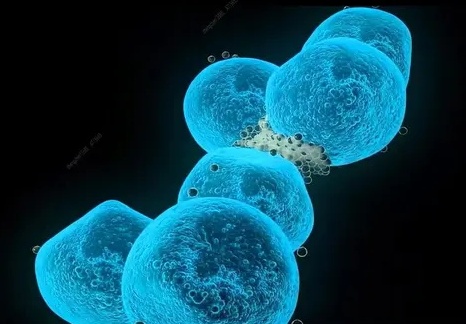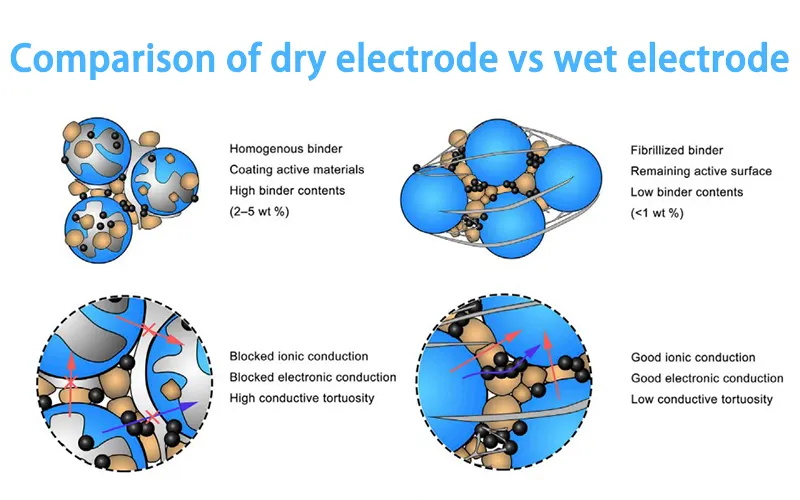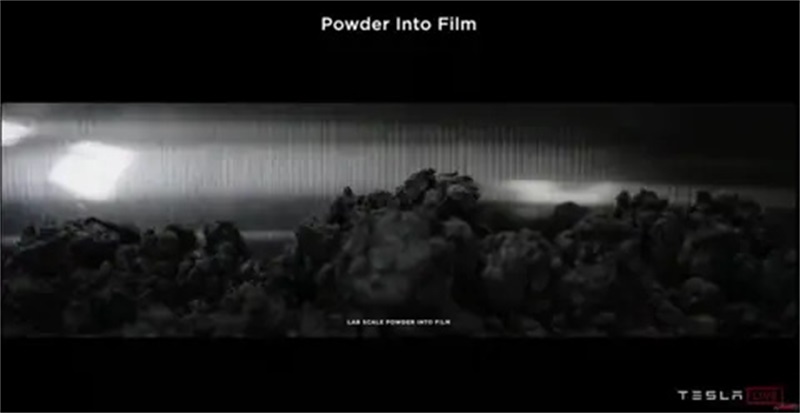Exploring Tesla's 4680 Dry Electrode Technology
The Tesla 4680 battery represents a major breakthrough in battery technology, marking a new technological revolution in the electric vehicle and energy storage sectors. The 4680 battery not only incorporates bold design innovations but also optimizes the manufacturing process with unique approaches such as dry electrode coating, integrated tab and ear cutting, laser welding, and the integration of Cell-to-Chassis (CTC) with die-casting. These advancements significantly enhance the battery's performance, efficiency, and controllability of production costs. This article will provide a detailed analysis of Tesla's 4680 dry electrode technology and explore its technological advantages and future potential.
As one of the core technologies, dry electrode technology holds immense future potential. Compared to traditional wet coating methods, dry electrode technology not only improves the battery's energy density, extends its lifespan, and reduces production costs, but it also accelerates the battery production process, increasing overall production efficiency. These advantages position the 4680 battery to play a significant role in the future of electric vehicles and energy storage systems.
Dry Electrode Technology
Dry electrode technology can be applied to both the anode and cathode simultaneously.
Traditional Wet Process

In the traditional wet process, materials are placed in a solution, then dried and pressed into films: solvents containing binders are used, with NMP (N-Methyl-2-pyrrolidone) being one of the most common solvents. The binder-laden solvent is mixed with the anode or cathode powder, the slurry is coated onto a current collector, and then dried. The solvent is toxic and must be recovered, purified, and reused. This process requires large, expensive, and complex electrode coating machines. To solve this issue, Tesla incorporated dry electrode technology in the design of its 4680 battery.
Dry Electrode Process
The dry electrode process skips the step of adding solvents entirely, omitting the complicated coating and drying steps, and greatly simplifying the production flow. Active anode and cathode particles are mixed with polytetrafluoroethylene (PTFE), which fibers the material. The powder is then directly rolled into a thin film and pressed onto aluminum or copper foil to create the electrode sheets.

Compared to traditional methods, dry electrode technology allows for the addition of more material to the cathode, as the density of the powder is higher than that of the liquid. As a result, the thickness of the electrode material increases from 55 microns to 60 microns, which enhances the activity of the electrode and boosts energy density by about 5%, further extending the battery’s cycle life. Additionally, the removal of solvents lowers production costs. Tesla realized early on that whoever possesses the most reliable battery technology will control the future of new energy vehicles, so Tesla acquired the leading battery technology company Maxwell in 2019 and incorporated its dry electrode technology into the production of the next-generation 4680 battery.
Advantages of Dry Electrode Technology
1. Simplified Process, Cost Savings: No solvents are used, eliminating the need for expensive coating machines.
2. Improved Production Efficiency: Dry electrode technology increases production speed by up to seven times, with capacity density rising by 16 times. Compared to wet electrode technology, costs are reduced by 10%-20%.
3. Increased Battery Energy Density: In the presence of solvents, lithium and carbon mixed with lithium metal cannot merge well, causing first-cycle capacity loss. Dry electrode technology significantly addresses this issue, improving energy density. Additionally, increasing the cathode material thickness from 55μm to 60μm enhances the active electrode material ratio, resulting in a 5% increase in energy density while maintaining power density. This leads to energy densities greater than 300Wh/kg, with a path toward 500Wh/kg.
4. Extended Battery Life: Dry electrode technology improves battery durability, effectively doubling the battery lifespan.
5. High Compatibility with Industry Trends: Dry electrode technology aligns well with the industry's shift toward solvent-free processes, next-generation materials, and solid-state batteries, all while contributing to environmental protection.

Challenges of Dry Electrode Technology
Currently, the process is not yet fully mature. In order to create thicker electrodes, the cylindrical shape must be rolled, which can lead to cracking.
Future Potential
The Tesla 4680 battery is a landmark technological innovation, and dry electrode technology is one of its core components, holding enormous future potential. Compared to traditional wet coating processes, dry electrode technology not only increases energy density, extends battery life, and reduces production costs, but also accelerates the production process and improves overall efficiency. As the technology matures and production scales up, the 4680 dry electrode process will play a pivotal role in advancing the electric vehicle and energy storage sectors, contributing to the global goals of a low-carbon economy and energy transition.

